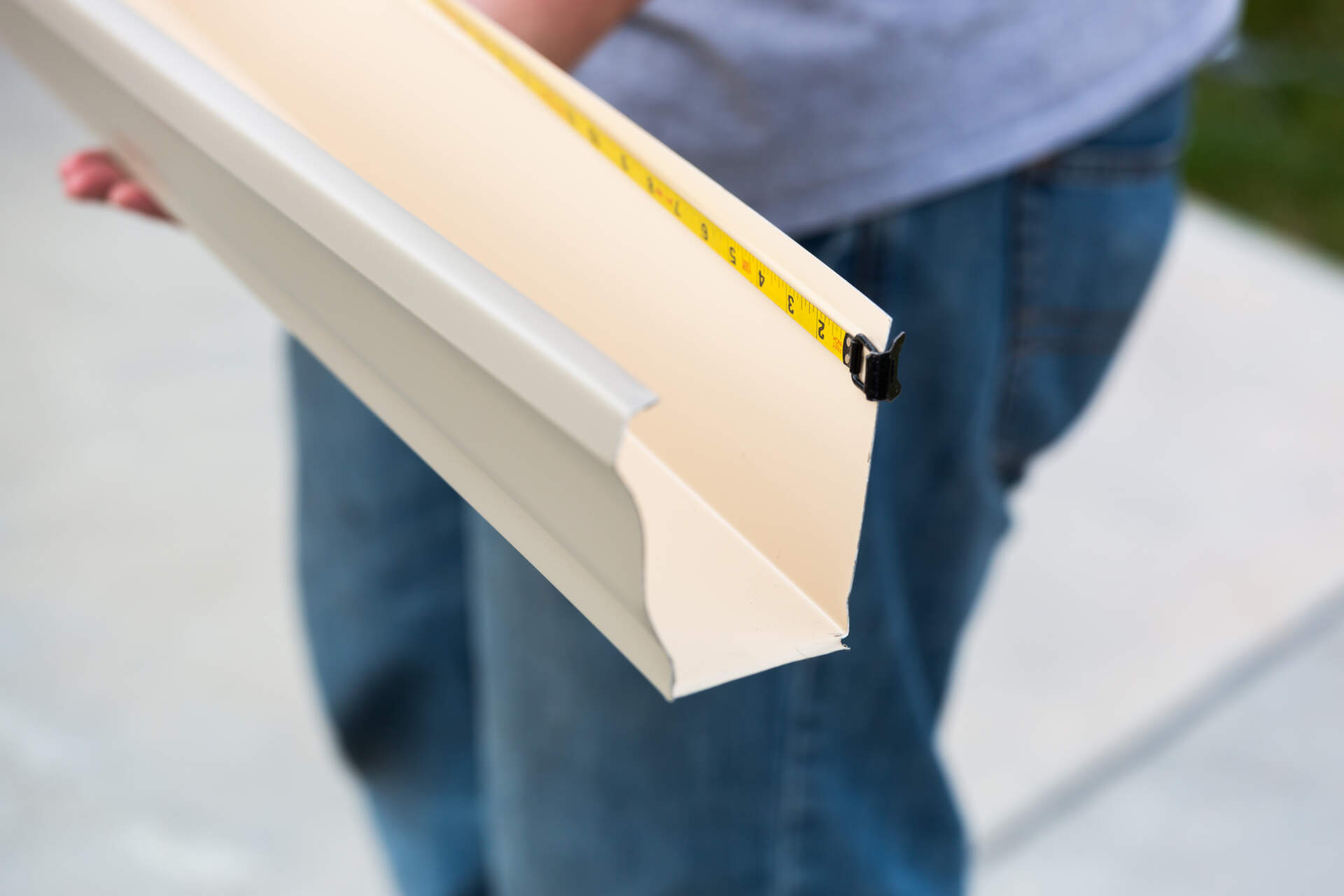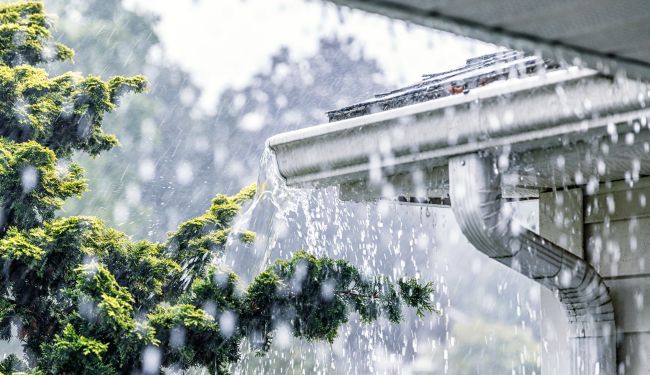Gutters are an essential component of any building’s construction, yet they are often overlooked and under-appreciated. Most of the time, we don’t really think about our gutters until something goes wrong, like a leak or a clog.
Gutters are a critical element in protecting a building’s foundation, landscape, and overall structure from water damage caused by precipitation.
In this article, we’ll delve into the surprisingly fascinating history and evolution of gutters, as well as their importance in modern-day construction.
The History of Gutters
Gutters weren’t always the decorative features we see on homes and buildings today, but they have actually been in use for thousands of years; dating back to ancient civilizations such as the Greeks and Romans.
The ancient Romans are credited with developing some of the earliest gutter systems, which were made of lead and used to channel rainwater away from buildings and into public drainage systems. The Greeks also had their own rudimentary gutter systems, using terracotta pipes to direct water away from their buildings.
As you might expect, the gutters of the Romans and Greeks often looked like elaborate, sculptural works of art. However, as populations grew, gutters became less decorative and more functional.
In medieval Europe, lead gutters were commonly used due to their durability and ability to be easily molded into shape. However, lead is a toxic metal, and over time, it was discovered that exposure to lead could cause serious health problems.
Wooden gutters—yes, you read that correctly—were popular in the early colonial United States. However, they were prone to wood rot and insect damage.
As a result of the problems with lead and wood gutters, alternative materials were sought out, and copper gutters became popular due to their malleability, durability, and rust-resistant properties.

In the 19th century, cast iron gutters became popular due to their strength and ability to be mass-produced. Cast iron gutters were also favored for their aesthetic appeal, with decorative motifs and designs often incorporated into their construction
In the mid-20th century, aluminum gutters emerged as a popular alternative to cast iron due to their lightweight nature and affordability.
Today, a wide variety of materials are used for gutters, including vinyl, zinc, aluminum, stainless steel—and yes, copper!
Importance of Gutters in Modern-Day Construction

Gutters still play a crucial role in protecting buildings and their surrounding environments from water damage caused by precipitation.
Charleston is known for its hot and humid summers and mild winters, but it’s also known for its heavy rainfalls and occasional hurricanes. And without a properly functioning gutter system, rainwater can seep into a building’s foundation, causing mold, rot, and structural damage.
This is especially problematic in the Lowcountry and coastal regions of South Carolina, where the soil is often clay-based, meaning water drains more slowly and tends to pool and accumulate more than soils with better drainage.
In addition to protecting a building’s foundation, gutters can also help prevent erosion and damage to landscaping. When rainwater flows freely off a roof without a gutter system, it can cause soil erosion and damage to plants and trees.
Problems like these can be costly to fix, and can impact the resale value of a property.
Gutters help to channel water away from the house and away from landscaping features, protecting and preserving the aesthetic appeal of a home or commercial building.

In some places, gutter systems can even play a role in improving water quality by filtering out pollutants.
When rainwater flows off a roof and onto the ground, it can pick up pollutants such as oil, pesticides, and fertilizers, which can eventually make their way into bodies of water.
Gutters can help to prevent this by directing rainwater to designated drainage areas, allowing for proper filtration and purification.
Here in South Carolina, where agriculture is such a large industry, this is especially important for maintaining the health of local waterways and wildlife.

Today, we even have seamless or “one piece” gutters—these can be custom-fit to the exact measurements of a building, providing a more secure and efficient gutter system. We’ve come a long way since the lead gutters of the middle ages!
Final Thoughts
Gutter systems play a crucial role in protecting the building’s structure and surrounding environment from water damage caused by precipitation. And, from the terracotta gutters of the ancient Greeks to modern-day alternatives like vinyl, aluminum, and copper, the historical evolution of gutters is more interesting than most people think.
In South Carolina, where the weather can be unpredictable and severe, it’s especially important to ensure that gutters are functioning properly to protect homes and buildings from water damage. By directing rainwater away from the building and landscaping features, gutters help to prevent erosion and preserve the aesthetic appeal of the property.

Gutters may not be the most exciting part of a building, but they are certainly one of the most important. Their function is critical in protecting the building’s structure and surrounding environment from water damage caused by precipitation.
So, let’s take just a moment to appreciate the vital role that gutters play in protecting our homes and buildings from water damage, foundation problems, and other issues. They may not get the recognition they deserve, but they are the unsung heroes that keep our buildings safe and dry.


